Accelerate IT operations with AI-driven Automation
Automation in IT operations enable agility, resilience, and operational excellence, paving the way for organizations to adapt swiftly to changing environments, deliver superior services, and achieve sustainable success in today's dynamic digital landscape.
Driving Innovation with Next-gen Application Management
Next-generation application management fueled by AIOps is revolutionizing how organizations monitor performance, modernize applications, and manage the entire application lifecycle.
AI-powered Analytics: Transforming Data into Actionable Insights
AIOps and analytics foster a culture of continuous improvement by providing organizations with actionable intelligence to optimize workflows, enhance service quality, and align IT operations with business goals.
The impact of Mean Time to Resolution (MTTR) on a business cannot be overstated in today’s digital-first world where businesses are increasingly dependent on technology to drive operations and deliver services. Every minute an issue remains unresolved can lead to significant consequences, from lost revenue and customer dissatisfaction to long-term damage to brand reputation.
In industries where customers expect instant, uninterrupted service, even short periods of downtime or poor performance can quickly lead to churn and lost trust. As organizations adopt more agile and DevOps-driven approaches, it becomes non-negotiable on their part to reduce MTTR in order to stay competitive and deliver value.

What is a Knowledge Graph?
Whether you’re running an e-commerce platform, a SaaS business, or a financial institution, reducing MTTR is not just about fixing problems faster—it’s about ensuring business continuity, maintaining customer trust, and staying ahead of the competition.
In this blog, we’ll break down what MTTR is, why it matters, and how optimizing it can significantly impact your bottom line. Let’s dive in and discover how unlocking efficiency through faster MTTR can drive business success and customer satisfaction.
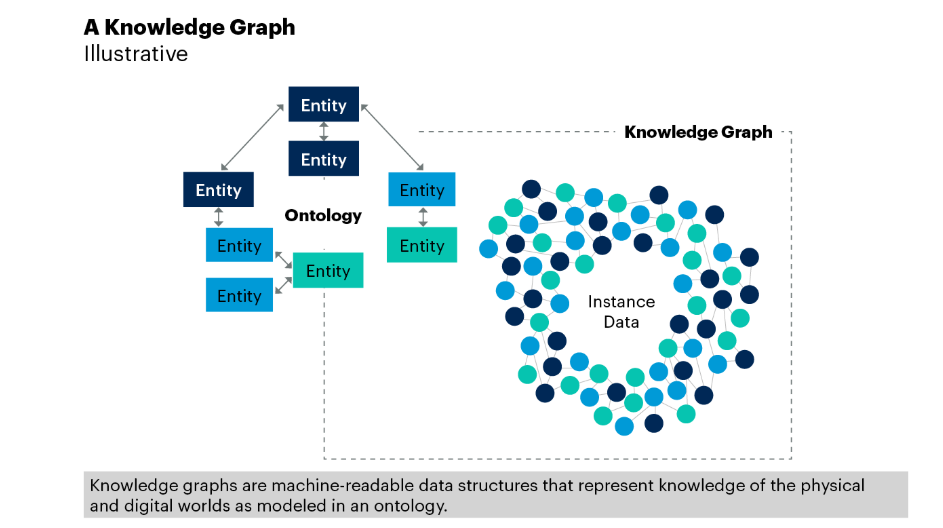
What is MTTR (Mean Time to Resolution)?
What is MTTR (Mean Time to Resolution)?
MTTR is a key performance indicator (KPI) that measures the average time taken to detect, diagnose, and resolve an issue—restoring normal operations.
Unlike Mean Time to Repair (MTTR), which focuses only on the repair process, Mean Time to Resolution includes the entire lifecycle of an incident:
- Incident Detection – Identifying the problem.
- Diagnosis & Analysis – Understanding the root cause.
- Fix Implementation – Applying the solution.
- Verification & Testing – Ensuring the issue is fully resolved.
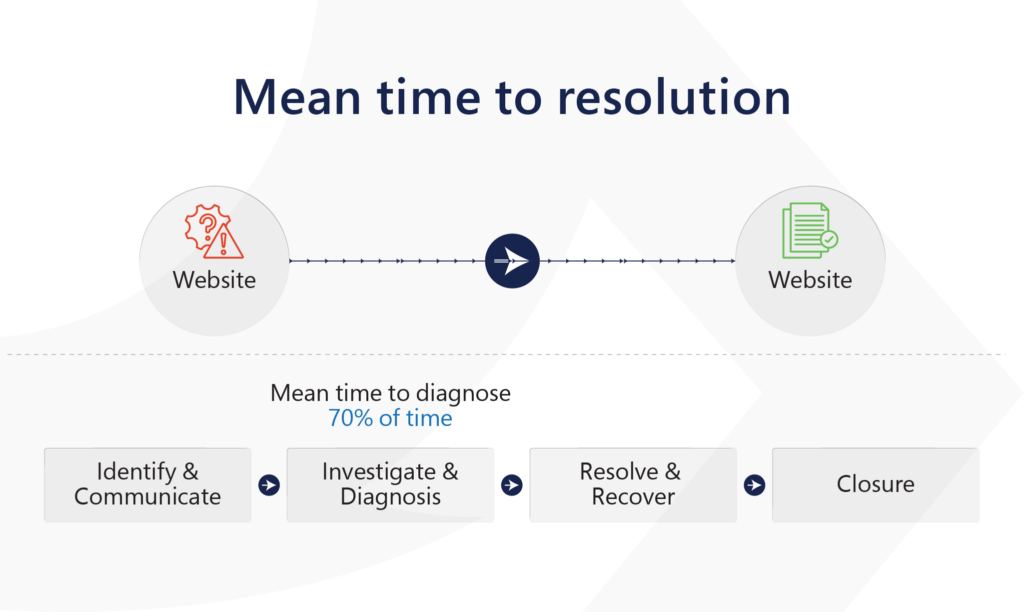
How to Calculate MTTR
For example, if a company experiences 10 outages in a month and spends 50 total hours resolving them, the MTTR is:

MTTR vs. Other Metrics
While MTTR is a critical metric, it is often confused with other reliability indicators:
- MTBF (Mean Time Between Failures) – Measures the average time between failures.
- MTTD (Mean Time to Detect) – Measures how long it takes to identify an issue.
- MTTR (Mean Time to Resolution) – Focuses on the full resolution cycle.
| Action | Impact on MTTR | Impact on MTBF | Impact on Availability |
|---|---|---|---|
| Reduce MTTR | Decreases | Increases slightly | Increases significantly |
| Increase MTBF | Increases | Increases significantly | Increases moderately |
| Action | Impact on MTTR | Impact on MTBF | Impact on Availability |
|---|---|---|---|
| Reduce MTTR | Decreases | Increases slightly | Increases significantly |
| Increase MTBF | Increases | Increases significantly | Increases moderately |
The Connection Between MTTR and Customer Satisfaction
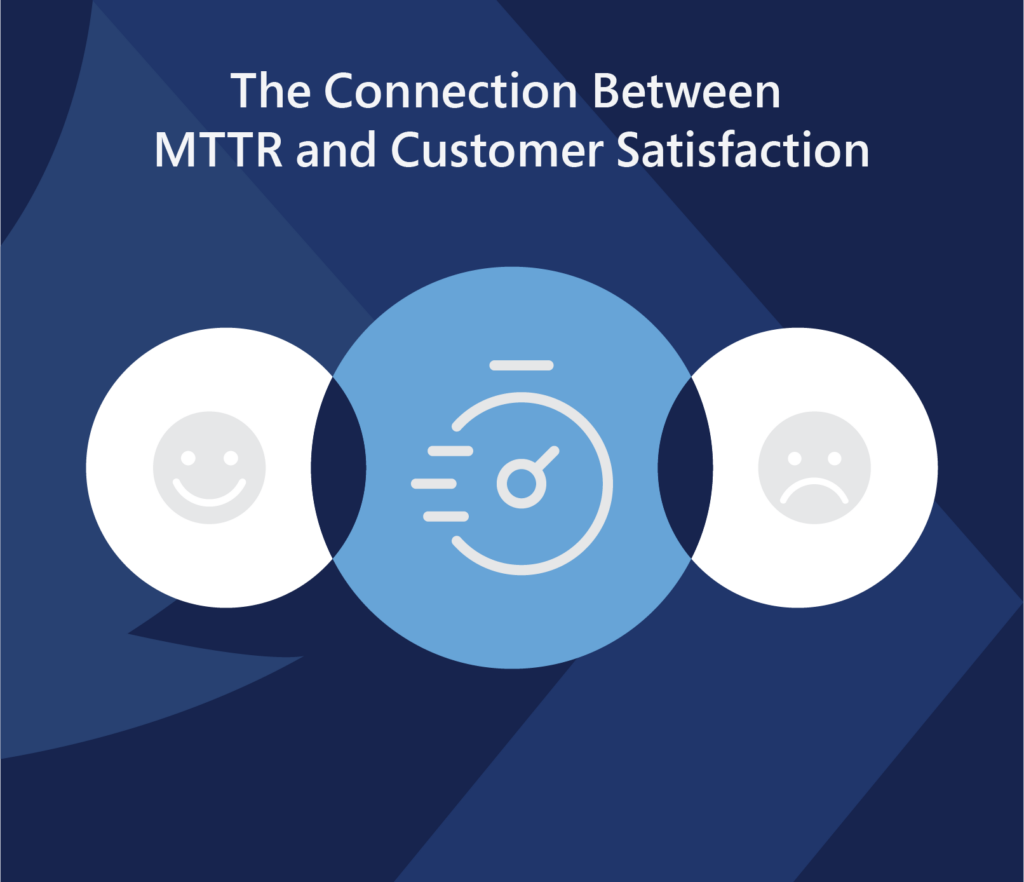
How Quinnox’s Qinfinite Knowledge Graph Revolutionizes IT Asset Management
Customers today expect fast, reliable, and uninterrupted services. A high Mean Time to Resolution (MTTR) often translates to prolonged downtimes, which can frustrate users, increase churn rates, and damage a company’s reputation. Understanding how MTTR impacts customer satisfaction is crucial for businesses striving to maintain strong customer relationships.
1. Faster Resolutions Build Customer Trust
Trust is the cornerstone of customer loyalty. According to research, 92% of customers expect rapid resolution when a service is disrupted. When businesses consistently resolve issues swiftly, they foster confidence and reliability.
2. Reduced Downtime Leads to Higher Customer Retention
Prolonged service disruptions often result in customer frustration and abandonment. Studies show that 50% of customers switch brands after encountering two or more service failures. Companies that invest in proactive incident response systems can reduce churn by up to 40%.
For instance, high-traffic e-commerce platforms face enormous costs during peak sales events. Qinfinite’s Chaos Engineering approach simulates potential system failures in controlled environments, ensuring vulnerabilities are identified and resolved proactively. This method has resulted in a 20% decrease in downtime and improved uptime during critical sales periods, minimizing revenue loss and enhancing customer trust.
3. Better User Experience and Increased Engagement
A low MTTR plays a crucial role in enhancing the overall user experience. Customers interacting with glitch-free platforms tend to engage longer and return frequently. Google’s Site Reliability Engineering (SRE) approach is a prime example of this. By leveraging automation and robust monitoring tools, Google consistently maintains an MTTR of under five minutes. This exceptional responsiveness ensures minimal disruption, boosting customer satisfaction and encouraging increased engagement.
4. Positive Brand Perception and Word-of-Mouth Marketing
Customer perceptions are heavily influenced by how businesses manage service disruptions. Research indicates that 59% of customers share negative experiences on social media, which can severely damage a company’s image.
Conversely, fast incident resolution encourages positive reviews and organic referrals. Companies that proactively communicate during outages and resolve issues efficiently are often praised for their transparency and reliability. This positive perception enhances brand value and fosters customer advocacy.
5. Higher Customer Satisfaction Scores (CSAT)
MTTR is directly linked to CSAT scores. Companies with an MTTR below one hour experience a 30% increase in customer satisfaction. Customers value swift resolutions, especially when disruptions impact mission-critical services. By adopting automated incident response systems, leveraging AI-driven insights, and training IT teams for efficiency, businesses can improve MTTR performance and enhance customer satisfaction levels.
MTTR and Its Impact on Business Success
Reducing MTTR goes beyond satisfying customers; it directly impacts financial stability, operational efficiency, and competitive positioning. Here’s how:
1. Revenue Protection and Loss Prevention
The financial implications of downtime are substantial. Global businesses collectively face $700 billion in losses due to service disruptions annually. By minimizing MTTR, companies can prevent prolonged outages that result in lost sales, interrupted transactions, and decreased customer trust.
E-commerce companies, for example, risk significant revenue losses during high-traffic events like Black Friday. Implementing automated recovery systems reduces MTTR, ensuring critical sales windows are protected and revenue losses are mitigated.
2. Enhanced Operational Efficiency
IT teams often spend 30-40% of their time resolving incidents. A high MTTR consumes valuable resources that could otherwise be dedicated to innovation and growth. By reducing MTTR through improved monitoring, automation, and streamlined processes, businesses free up their IT teams to focus on strategic initiatives. This efficiency accelerates product development, improves service delivery, and drives overall business growth.
3. Stronger Competitive Advantage
Companies with consistently low MTTR outperform competitors by ensuring seamless service delivery. For instance, Amazon Web Services (AWS) employs AI-driven monitoring and predictive analytics to identify potential issues before they escalate. This proactive strategy minimizes disruptions and ensures AWS maintains a 99.99% uptime, giving it a significant edge in the cloud services market. By optimizing MTTR, businesses position themselves as reliable partners, earning customer loyalty and outperforming competitors.
4. Regulatory Compliance and Risk Management
Industries like finance, healthcare, and telecommunications must comply with strict uptime regulations. Extended service disruptions can lead to regulatory penalties and legal consequences. By maintaining a low MTTR, businesses ensure they meet compliance standards while safeguarding sensitive customer data. Implementing failover systems, robust monitoring tools, and automated response protocols minimizes risk and strengthens regulatory adherence.
5. Improved Employee Productivity and Morale
Frequent system failures create a chaotic work environment, reducing employee morale and productivity. Teams constantly tasked with resolving recurring issues may experience burnout. By reducing MTTR, businesses streamline resolution processes, allowing employees to focus on strategic projects and meaningful tasks. This improved work environment leads to higher job satisfaction, reduced turnover rates, and improved team performance.
7 Proven Strategies for Reducing MTTR
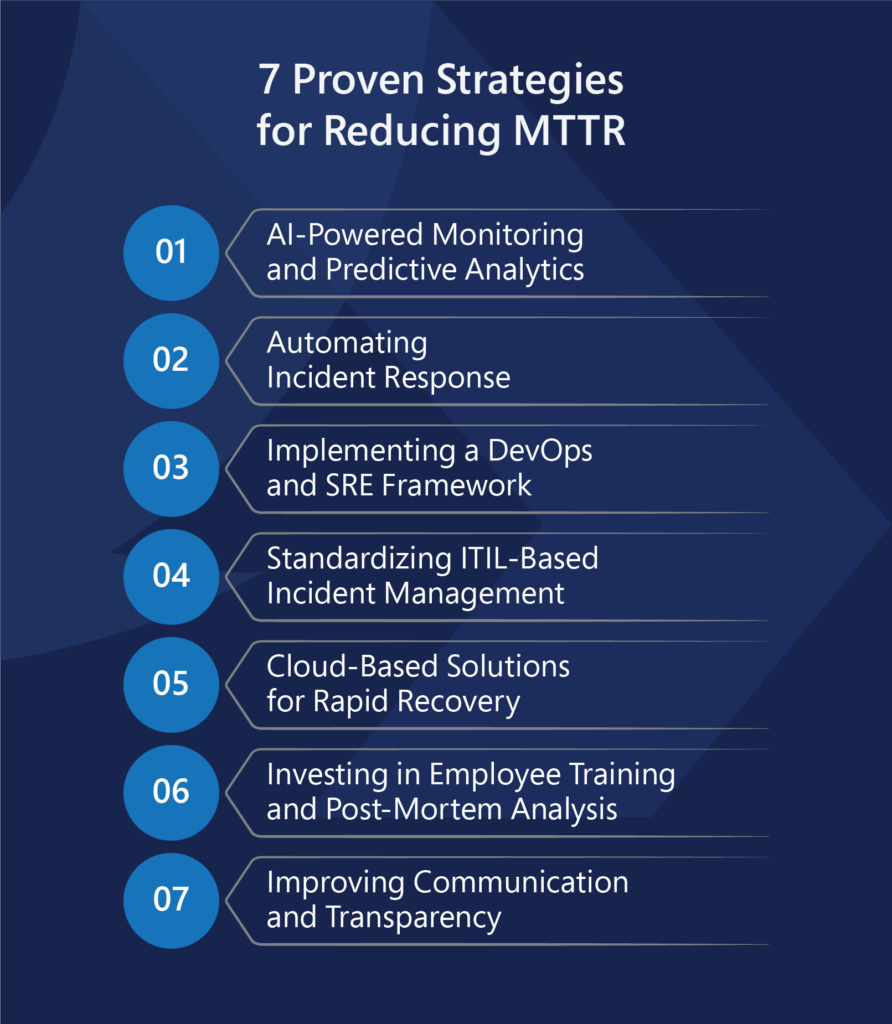
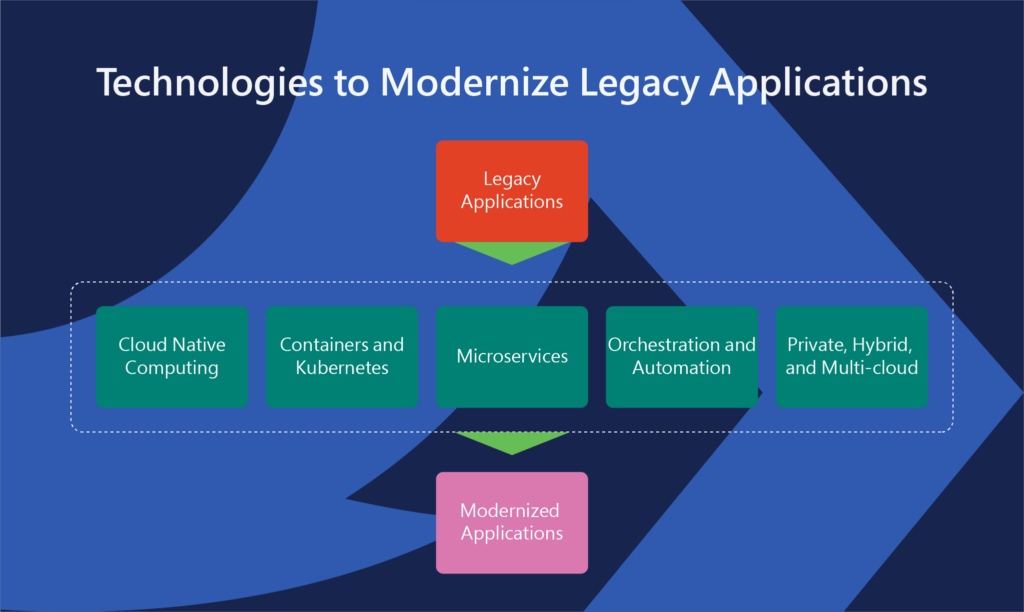
Wrap Up:
2. Edges (Relationships)
Effective MTTR reduction requires a blend of advanced technology, process optimization, and cultural adaptation. Here are seven proven strategies for success:
1. AI-Powered Monitoring and Predictive Analytics
AI-driven monitoring tools play a crucial role in reducing MTTR. These systems detect anomalies, predict potential failures, and alert IT teams before issues escalate. Companies leveraging AI for predictive analytics reduce downtime by up to 70%. For example, manufacturing firms use AI-based sensors to identify machine failures in advance, minimizing production delays and ensuring business continuity.
2. Automating Incident Response
Automation significantly accelerates issue resolution. Self-healing IT systems automatically detect and resolve minor disruptions, reducing manual intervention. For example, financial institutions deploy automated incident response mechanisms that restore transactions in real time. Organizations that implement automation can reduce MTTR by up to 60%, ensuring seamless service delivery and enhanced customer satisfaction.
3. Implementing a DevOps and SRE Framework
DevOps practices prioritize continuous monitoring, rapid deployment, and quick issue resolution. SRE teams use automated runbooks and intelligent alerts to resolve incidents in under five minutes. By integrating DevOps principles, businesses achieve faster recovery times, improved stability, and enhanced software performance.
4. Standardizing ITIL-Based Incident Management
ITIL (Information Technology Infrastructure Library) best practices provide a structured framework for incident resolution. By standardizing escalation processes, ticket handling, and post-incident reviews, businesses can reduce MTTR by up to 40%. ITIL frameworks ensure teams follow predefined protocols, resulting in faster identification and resolution of service issues.
5. Cloud-Based Solutions for Rapid Recovery
Cloud platforms offer built-in failover mechanisms that automatically switch traffic to backup servers during disruptions. This ensures minimal downtime and fast recovery. For instance, a financial services company leverages cloud resilience testing to maintain seamless digital banking services with 99.99% uptime, ensuring customer transactions remain uninterrupted. Cloud solutions also enable businesses to restore services remotely, further improving MTTR performance.
6. Investing in Employee Training and Post-Mortem Analysis
Well-trained IT teams resolve incidents 45% faster than untrained teams. Organizations that invest in ongoing training programs and conduct detailed post-mortem analyses identify recurring issues and refine response strategies. By empowering employees with relevant skills and insights, businesses significantly improve incident response times.
7. Improving Communication and Transparency
Clear communication during outages reduces customer frustration. Businesses that provide real-time status updates through platforms like status pages or mobile alerts experience 35% fewer customer complaints. Proactive communication builds customer trust, minimizes reputational damage, and reassures users during critical incidents.
By combining these strategies, businesses can effectively reduce MTTR, enhance customer satisfaction, and drive sustainable growth.
The Bottom Line - Reduce MTTR with Qinfinite
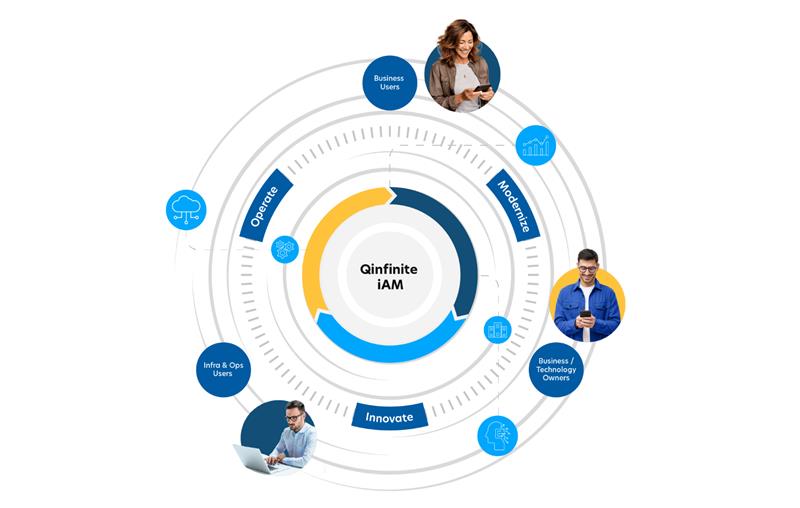
3. Properties/Attributes
When downtime strikes, every second counts. That’s why Quinnox’s intelligent application management platform, Qinfinite, is designed to empower businesses with faster resolutions, enhanced system reliability, and seamless operations.
By combining advanced automation, predictive analytics, and streamlined incident management, Qinfinite revolutionizes the way organizations reduce MTTR. Here’s how:
- AI-Powered Anomaly Detection: Qinfinite’s AI-driven monitoring detects issues before they escalate, ensuring faster detection and response.
- Automated Incident Response: With intelligent automation, Qinfinite quickly identifies root causes and applies pre-defined fixes, minimizing manual intervention and significantly reducing MTTR.
- Self-Healing IT Systems: Qinfinite enables proactive system recovery by automatically resolving recurring incidents, ensuring minimal disruption.
- Real-Time Insights and Reporting: Qinfinite’s real-time dashboard empowers IT teams with actionable insights, accelerating diagnostic processes and improving overall response times.
Reducing MTTR is crucial for driving operational efficiency, improving customer satisfaction, and safeguarding business continuity. With Qinfinite, organizations can significantly cut detection, diagnosis, and resolution times—preventing costly downtime and enhancing customer trust.
Connect with our experts today and discover how Qinfinite can revolutionize your incident response strategy.
4. Telecommunications:
Telecom companies use knowledge graphs to manage their complex networks and improve customer service. By mapping out the relationships between network components, devices, and users, telecom companies can optimize network performance, predict outages, and respond to service disruptions faster.
Experience the future of intelligent application management with Qinfinite. Request for a Free Consultation today!
General FAQs Related to Reduce MTTR
MTTR (Mean Time to Resolution) measures the average time taken to resolve system issues. It’s important as it reflects how quickly incidents are addressed, reducing downtime and improving customer satisfaction.
Organizations can reduce MTTR by leveraging automation and advanced monitoring tools. This includes deploying AIOps to automatically detect and diagnose issues, streamlining incident response with pre-defined workflows, and enhancing team collaboration to ensure rapid and effective resolution.
Common challenges in reducing MTTR include dealing with siloed teams that hinder quick communication, managing alert fatigue from excessive notifications, and handling the complexity of modern IT environments which can obscure the root cause of issues.
AIOps helps reduce MTTR by using machine learning and data analytics to automatically detect anomalies and correlate events, which speeds up the identification of issues and their root causes. This enables teams to respond more quickly and efficiently to incidents.
The key benefits of using AIOps for MTTR reduction include faster incident detection and resolution, improved accuracy in pinpointing issues, minimized system downtime, and enhanced IT productivity as teams spend less time on routine troubleshooting.
While AIOps can automate many aspects of incident management, complete automation is not always feasible. Certain complex or critical issues still require human judgment and intervention to ensure that resolutions are appropriate and secure.
How Qinfinite’s Knowledge Graph Can Be a Game Changer
At Qinfinite, we recognize the challenges faced by enterprises in managing complex IT environments. With our Intelligent Application Management (iAM) platform powered by an advanced knowledge graph, we help organizations with a living map of their entire IT universe to streamline their application management processes, boost efficiency, and drive cost savings.
Qinfinite’s knowledge graph enables organizations to:
- Gain a Unified View of IT Operations: By integrating data across various applications and IT systems, Qinfinite’s knowledge graph provides a holistic view of your IT landscape, making it easier to manage applications, detect issues, and optimize performance.
- Reduce Operational Costs and Increase Efficiency: Qinfinite’s AI-driven insights, derived from the knowledge graph, enable organizations to automate routine tasks, identify inefficiencies, and improve operational workflows. This can lead to cost reductions of up to 60% and a 70% increase in operational efficiency.
- Accelerate Root Cause Analysis (RCA): With its ability to map complex relationships between applications and systems, Qinfinite’s knowledge graph accelerates RCA, reducing time to diagnosis by up to 80% and enabling faster resolution of issues.
- Enhance Decision-Making: The intelligent insights from the knowledge graph help decision-makers quickly identify opportunities for innovation, enhance service delivery, and optimize resource allocation, enabling businesses to stay ahead of the competition.
In summary, knowledge graphs are an invaluable tool for enterprise application management. By transforming how data is connected, analyzed, and acted upon, they enable businesses to operate more efficiently, reduce costs, and make better decisions. With Qinfinite’s powerful knowledge graph technology, enterprises can unlock the full potential of their IT ecosystems and stay agile in today’s rapidly evolving market.

